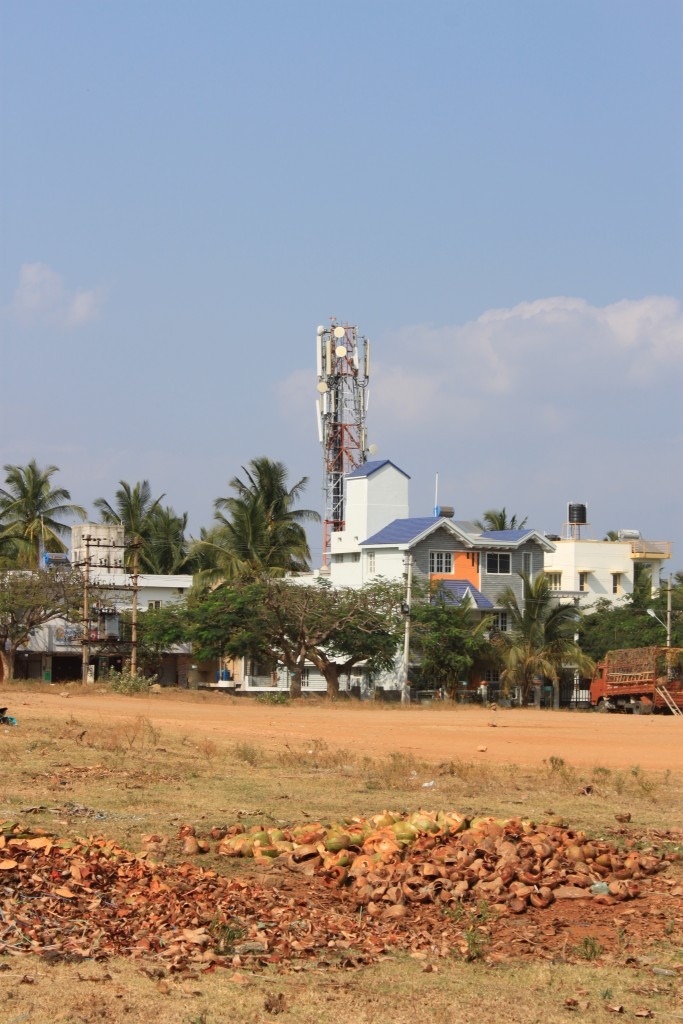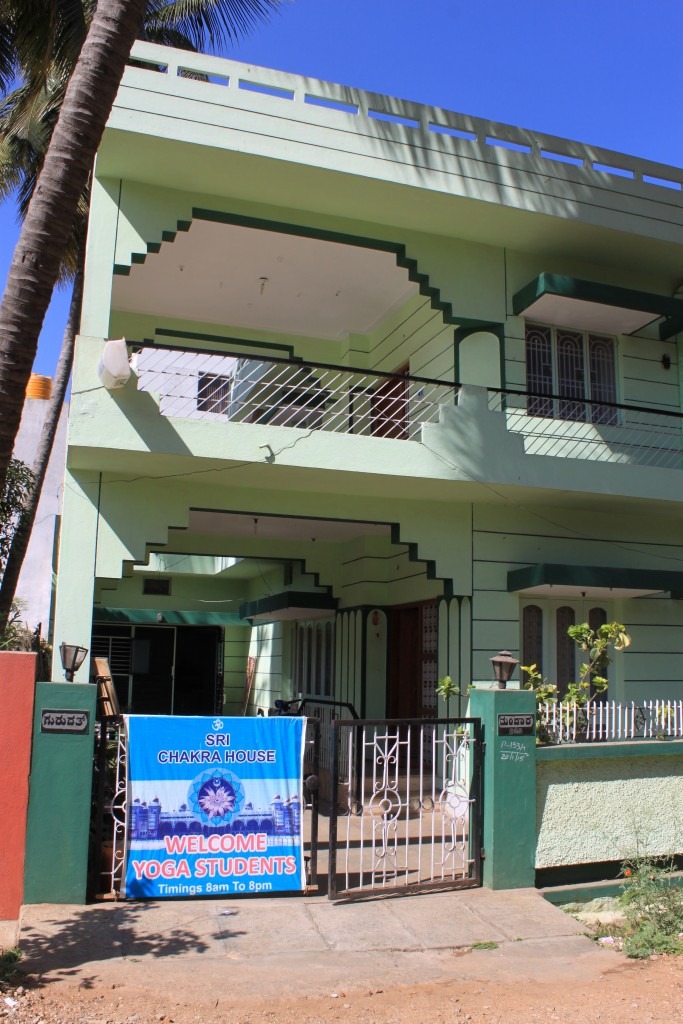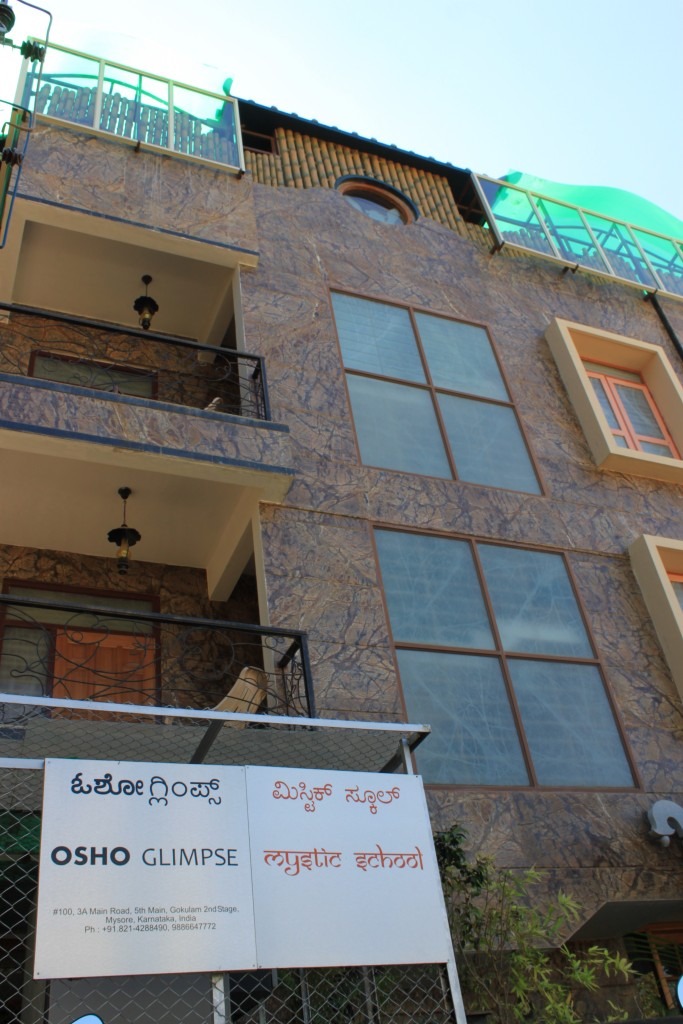A few of my upcoming blogs are going to be simply photo blogs. Pictures speak a thousand words








I still practice Ashtanga. Just not every day. I practiced every day while I was in India up until 3 months ago and when I began to travel. However, I stopped practicing every day and have gone back to a more diverse practice of general Hatha poses. But there are some major reasons why I … Read more
Krishnamacharya is one of the more interesting figures in the paradigm of modern yoga’s founders. He probably had the greatest effect on the types of yoga that we practice today in the west and he healed many people during the course of his life. He used Ayurveda in conjunction with yoga to restore health and … Read more
I am a huge fan of the Ashtanga practice. The intensity, the discipline, the mindlessness, and the routine of the sequential practice makes it like a second home for me. I always know that there are mornings where I can wake up and work without thinking, push myself without thinking of how, breathing without having to … Read more
Last day of practice with Saraswathi was a sweet one. Can’t believe I’ve been in India over 2 month, holy shit! So grateful for an amazing experience! #guruselfie #ashtanga #yoga #india #saraswathi A photo posted by Elliot (@pada_yogi) on Mar 31, 2015 at 5:35am PDT Tuesday marked the final day of my practice at the … Read more
My last day of practicing yoga with Saraswathi Jois was on Tuesday, but I am very happy to continue moving. I am very happy with how the trip and Saraswathi have added to my practice, though it definitely evolved much differently than I expected. Ashtanga can be grueling at time. I think this is one … Read more
What is Ashtanga Yoga? Ashtanga yoga sequences are a tradition expounded by Pattabhi Jois and is currently taught by teachers in different forms across the world. It is most likely that these sequences were originally created by Krishnamacharya for Pattabhi Jois, using knowledge he obtained from his guru, Brahmachari for short, who lived in a … Read more
It has recently started to become more and more apparent to me that Zen Buddhism, Taoism, yoga, Hinduism, and Jainism are all very inter-related, and that the western teaching of yoga is in fact much more than traditional (Krishnamacharya influenced) yoga based in Hinduism. The definition of the Tao is a great replacement for the … Read more
I love being able to learn yoga from multiple sources, multiple teachers with subjective and unique viewpoints. I think this is one of the biggest reasons I have been able to progress through various yoga traditions without injury. Lots of the yogis here are injured, in one form or fashion. I’ve seen taped toes, adjustments, … Read more
A few of my upcoming blogs are going to be simply photo blogs. Pictures speak a thousand words







